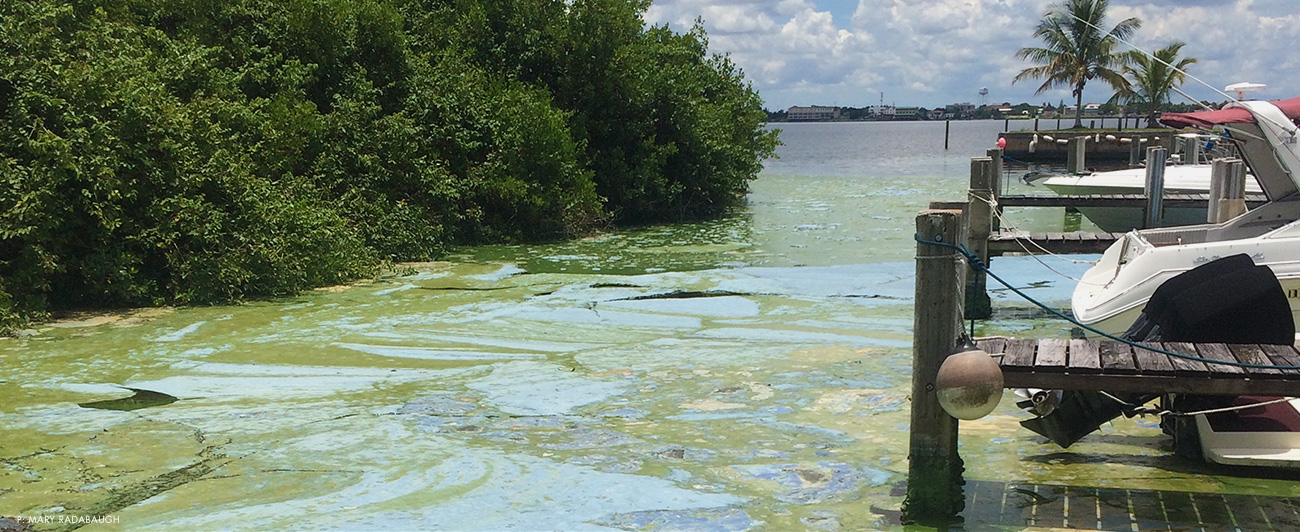Conservation
FLORIDA
No Other Everglades: Red Tides, Blue-green Algae and Fish Kills on the Florida Coast
Somewhere South of Chokoloskee, FL
It’s easy to get lost in the Florida Everglades, both physically and mentally. Covering some 1.5 million acres of southwest Florida from Lake Okeechobee to the Gulf of Mexico and Florida Bay, it’s the largest subtropical wilderness and second largest national park in the United States and, curiously, one of the least visited (with roughly one million visitors per year).
Despite all the negative, front-page news of hurricanes, red tides and algae blooms, the Everglades remains a diverse and vibrant, yet fragile ecosystem, one now threatened by decades of abuse and misguided policy. Like most human-made disasters, the cause of this current crisis ultimately lies with relentless population growth, lax environmental regulation and competing economic and political interests. As such, Florida and the Everglades have become a bellwether for accepting climate change as an environmental reality that must be addressed head on—or suffer the consequences…
Subscribe to start your collection of the world’s best flyfishing publication
